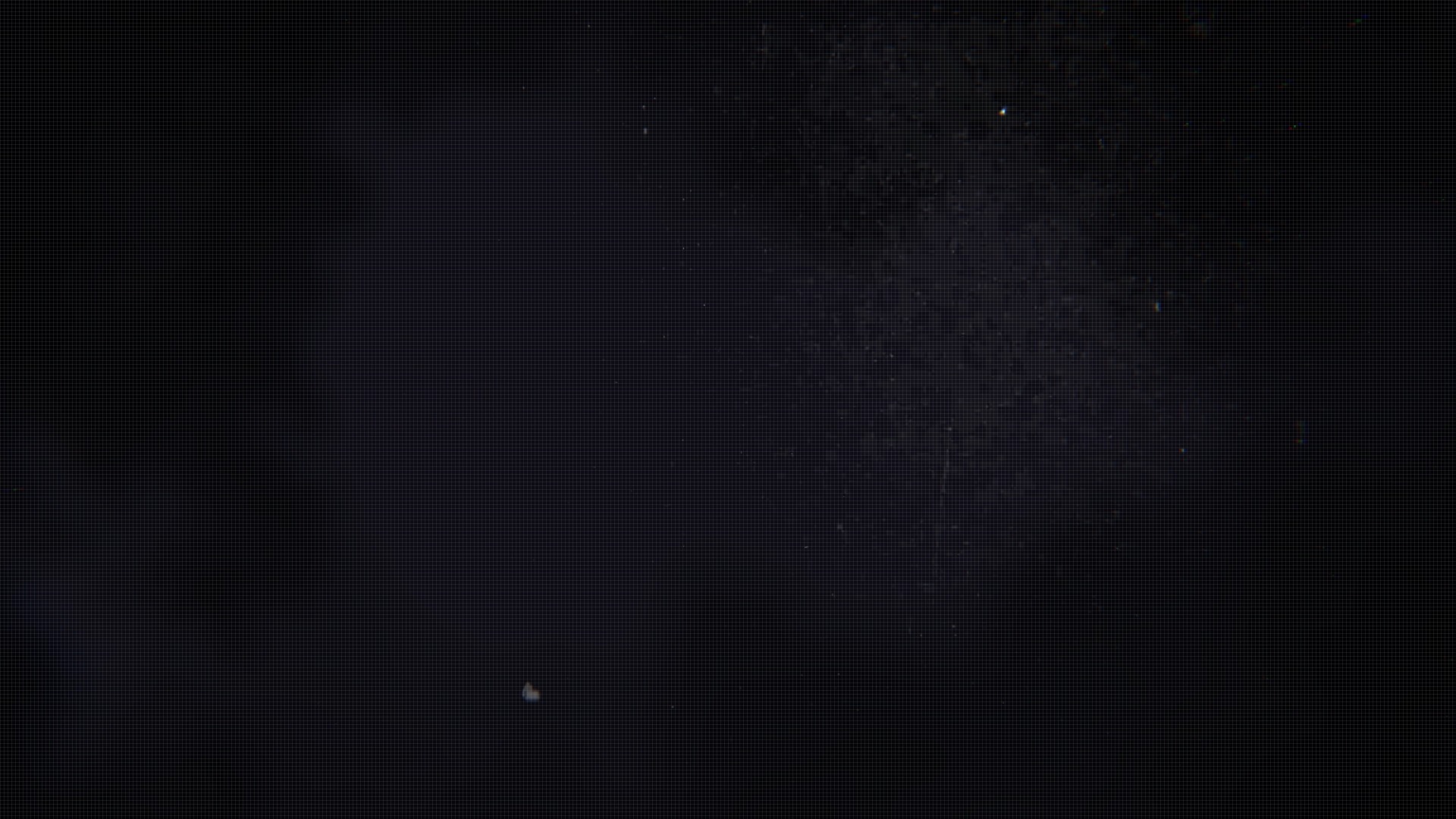Fighting an Invisible Enemy
The Voices of Havana Syndrome
An NBC News Exclusive with victims of the mysterious Havana Syndrome, and a first-of-its-kind collaboration between NBC Nightly News and Digital Features. Serving as both editor and story-producer, I worked closely with producers Brenda Breslauer and Mariana Henninger to script and develop the piece’s arc from both our original interview transcripts and archival materials, while also developing the piece’s visual style, tone, and soundscape.
Four of the original Havana Syndrome victims speak out and share their experiences at the center of this geopolitical mystery. They describe the strange episodes, the aftermath and how their injuries forever changed their lives. From NBC News Investigations and NBC News Digital, this original digital documentary features an additional interview with one Havana Syndrome victim who has never been publicly identified.

Scenes from Fighting an Invisible Enemy
Opening
This opening scene was born out of an experiment. Producer Mariana Henninger wanted me to start playing with footage while we were nailing down the story, and she pointed me towards this. She had captured incredible close up footage of one of our subjects at the sink, lingering on small subconscious movements and most importantly her eyes.
We had no way of visualizing an “auditory attack” or an “invisible X-ray beam,” so I began playing with jump cuts and push-ins against an audio-scape of swelling heartbeats, synths and stems. What came out of it was what producer Brenda Breslauer called “that scene that feels like a thriller!”
From there, we wanted to drive the scope and mystery of this story forward by building a montage of news clips against abstract and geometric footage of the embassy in Cuba.
Recounting “the attacks”
Another scene in which we didn’t have visuals to support “the attacks” that our subjects experienced. When your enemy is invisible, what do you show?
In a similar fashion to the opening scene, I utilized close ups of our subjects against soundscapes of synths and swells. Mixed with a bit of time remapping and some exposure pushes, I sought to make the audience feel as if they were the “weapon” that was in the process of moving towards and “attacking” our characters.
Brain Damage
One of the biggest challenges with this piece was on top of an “invisible” enemy, the narrative is focussing on stacks of scientific and journalistic research, often which is not visually enticing. Our graphics team came to the rescue by beautifully animating the brain scans from the study by the University of Pennsylvania, but we needed a way to visually communicate the red tape our subjects had gone through and the years of studies and tests they had endured to no avail.
Luckily our visual bridge was said paperwork. Connecting us from Josh Lederman’s reviewing of the UPenn study to subjects Cheryl and Tina going through their own medial documents, we were able to visualize the years of accumulated research that ultimately has led to no further conclusion or answer to what may have happened to the victims of Havana Syndrome.
The US vs Russia
The narrative takes a political turn as the government begins to take note of what is happening and starts looking for answers. As we’re put into Washington DC as a setting, I wanted there to be a continuing sense of unease and anticipation, as if anything or anyone around any corner could be the answer to the puzzle. Utilizing negative space and footage that purposefully left something just out of view, I built a visual scape that shrouded the quality of DC in anxiety.
This stands in stark contrast to the archival footage of Russia that James Schumaker takes us back to, illustrating how vast this story is and how long it has potentially been going on. It becomes a balance of angular and cool, then vintage and warm, throwing us between extremes.
Closing Scene
Early in the piece, there’s a theory thrown out that “Havana syndrome” could have been caused by an environmental factor. Our thesis points to political involvement and as we brought our characters’ emotional stories to an end I wanted them to have a moment of peace—something they are not getting in their daily lives.
To counter the angular and geometric look of much of what had been done previously and to counter the “environmental” argument, I looked to the natural footage that had been captured to communicate a place where our subjects could actually escape what they’re experiencing. In these final moments they’re able to look forward quietly, solacing in a moment of calm in a world far away from politics, medicine, and mystery.
CREDITS
Producers: Brenda Breslauer, Mariana Henninger
Editor + Story Producer: Austin Andries
Senior Producer: Jillian Eugenios
Associate Producers: Didi Martinez, Ala’a Ibrahim
Camera: Mariana Henninger, Ernesto Guadalupe, Chris Cofer, Angela Neil, Zebediah Smith
Additional Reporting: Ken Dilation, Josh Lederman, Andrea Mitchell, Abigail Williams
Additional Research: Lisa Cavazuti, Tatyana Chistikova
Art Director: Ben Plimpton
Senior Motion Designer: Michael Basilico
Colorist: Steve Calalang
Audio Mixer: Brian Langman
Director of Post Production: Tom Parrinello
Executive Producer: Shalini Sharma
Global Head of NBC News Digital: Catherine Kim